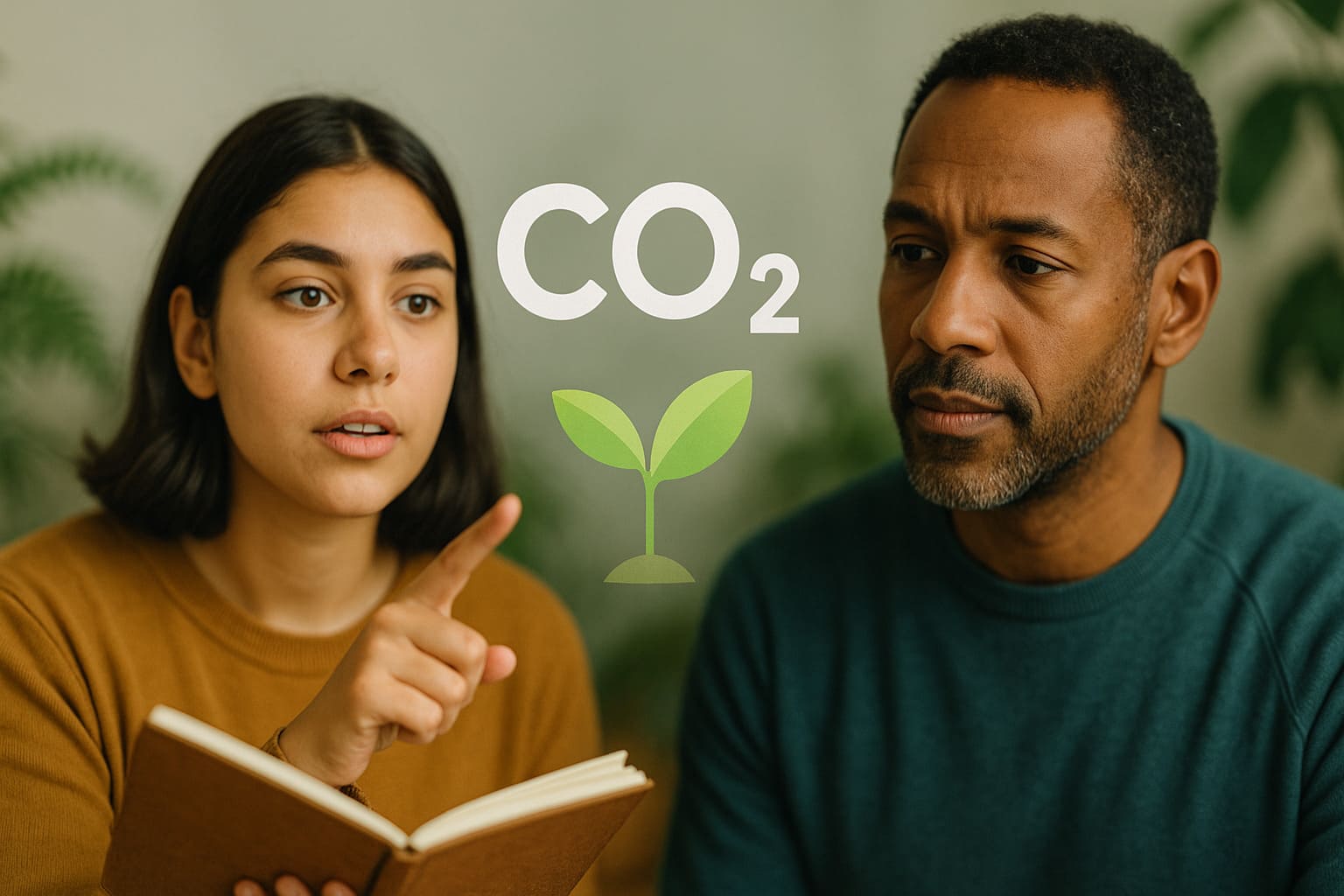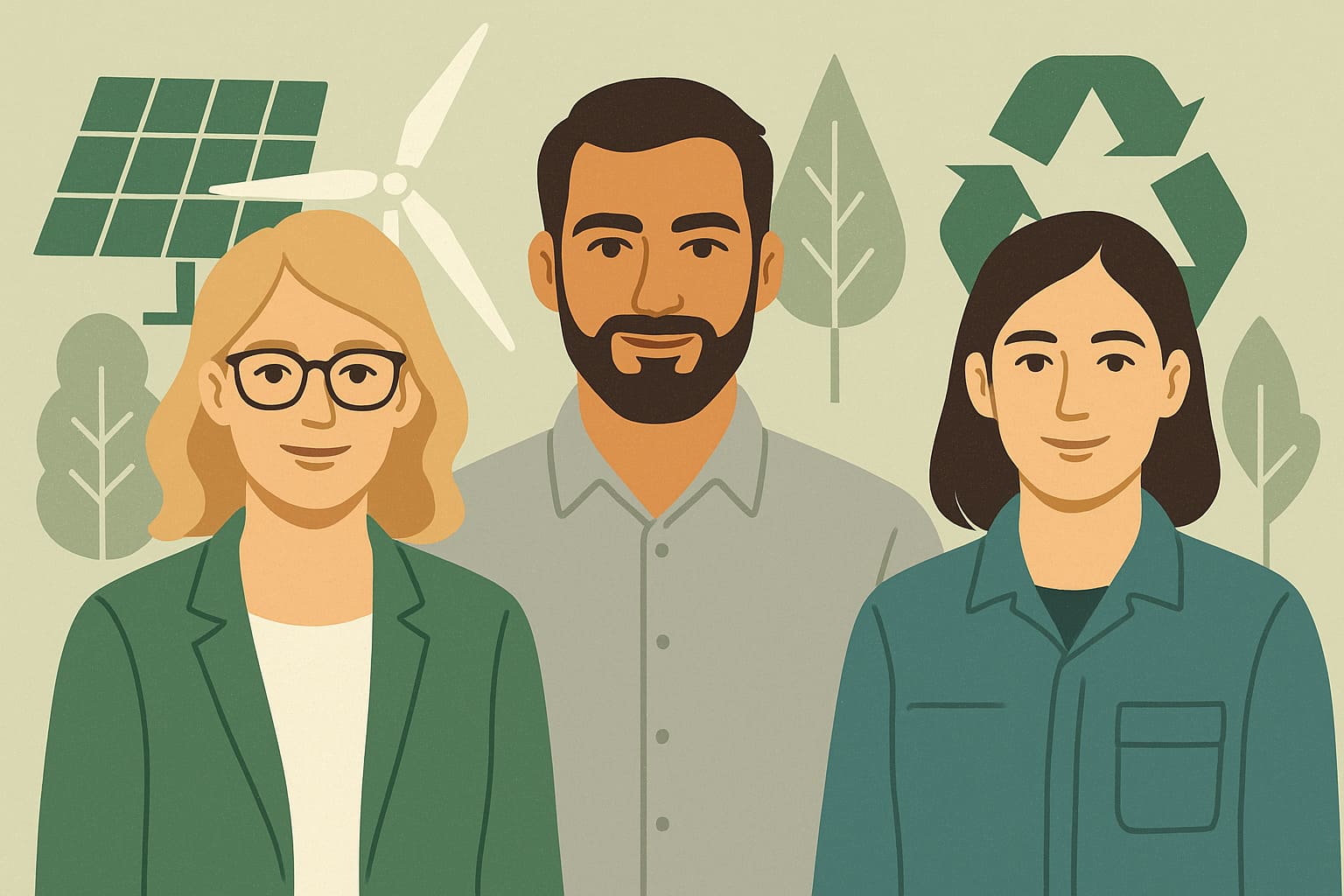You step outside on a warm afternoon and notice the air feels heavier than it used to. Maybe you’ve heard friends mention climate change or seen news about rising temperatures. It’s easy to wonder what’s really going on in the atmosphere above you. The answer starts with understanding what are the greenhouse gases and how they quietly shape the industry you experience every day. Once you know what these gases do you’ll see how they connect to everything from your morning weather to the future of the planet.
Understanding Greenhouse Gases
You may wonder, what are greenhouse gases? Greenhouse gases are tiny parts of air that help keep the Earth warm. These gases let sunlight in but stop some heat from leaving. That is how our planet stays just right for plants, animals, and you.
You breathe air every day. Most of it is not greenhouse gas. Main greenhouse gases include carbon dioxide, methane, nitrous oxide, and water vapor. Cows let out methane when they burp. Cars and trucks send out carbon dioxide when they burn fuel. Even the steam from your boiling water is water vapor.
Have you noticed how a closed car feels hot on a sunny day? It gets warm because heat cannot escape, just like in the air with too many greenhouse gases. So, think of these gases as a thick blanket around Earth. When the blanket gets thicker, the planet gets hotter. This is what happens with more greenhouse gases.
Some greenhouse gases come from nature, like volcanoes, fires, or wet places. Others come from people, like cutting down trees or using coal. When you flip a light switch or ride a bus, you help use energy. Sometimes, that makes more greenhouse gas. Have you ever planted a tree or picked up trash? Small steps help because cutting the amount of greenhouse gas can keep Earth from getting too warm.
Why does this matter? Greenhouse gases change how warm or cold it feels outside. Too much of these gases can change weather patterns, melt ice, and even bring more storms. Understanding greenhouse gases gives you power to make smart choices for your industry.
Major Types of Greenhouse Gases
You might think air is just air. It’s not. Air has different gases. Some of these are called greenhouse gases. They trap heat from the sun and help keep Earth warm. Let’s talk about the main ones.
Carbon Dioxide (CO2)
CO2 comes from many places. You breathe it out. Cars, trucks, and power plants make even more when they burn things like gas or coal. Sometimes, if you see smoke rising from a chimney, it’s releasing CO2. Trees and plants use CO2 to grow. Have you ever noticed plants in the park? They help clean the air by taking in this gas.
Methane (CH4)
Have you seen a cow? Cows and other animals can make methane. It’s a gas that’s much stronger than CO2. Methane can also come from things like wet swamps or trash piles. If you smell rotten eggs at a farm, that’s often methane.
Nitrous Oxide (N2O)
Nitrous oxide comes from farms and fields. When people use lots of fertilizer to help plants grow, some of it turns into this gas. It also comes from factories. Nitrous oxide can trap much more heat than CO2. Imagine a tiny bit of this gas making a big difference.
Fluorinated Gases
Fluorinated Gases are made by people. They help keep food cold in fridges or make sprays work. These gases can stay in the air for a long time. They don’t hurt plants or animals right away, but they can trap heat very well. Have you ever opened a new refrigerator? It uses some of these gases.
Water Vapor
Water Vapor is special. It’s just water in the air, like when you see steam from hot tea. Warm air holds more water vapor. Clouds are made of it. On hot, humid days, you feel it in the air. Water vapor doesn’t stay the same; it goes up and down with temperature.
All these gases help hold heat in our industry. Some are natural, some come from what people do each day. Can you spot ways you meet these gases around you?
Sources of Greenhouse Gas Emissions
Some greenhouse gases come from nature, while others come from things people do every day. You might be surprised where they all start. Let’s look at both.
Natural Sources
Nature makes greenhouse gases on its own. Volcanoes send carbon dioxide into the air when they erupt. Plants, animals, and even you breathe out carbon dioxide. Wet leaves and logs break down in the forest and send out methane and other gases. Warm days can fill the sky with water vapor. Have you noticed fog over a pond? That’s water vapor, a greenhouse gas, at work.
Human Activities and Industrial Sources
People add even more greenhouse gases. Cars, buses, and trucks burn oil or gas. Big power plants burn coal. Both send out lots of carbon dioxide. Cutting down trees takes away nature’s way to soak up extra gas. Farms with lots of cows make methane. Has anyone told you cows burp out gas? Fields treated with lots of fertilizer let out nitrous oxide, too. Landfills, those huge piles of trash you might see near cities, give off methane as old food and waste break down. Factories use special chemicals in fridges or making electronics that get out and warm the planet even faster than carbon dioxide.
Did you know some of these man-made gases can trap heat much better than nature’s? For example, one called sulfur hexafluoride can hold in thousands of times more heat than carbon dioxide. That’s why small changes add up, and every action you take can help.
Have you thought about which of these sources you see in your own industry? Maybe it’s the car ride to school or the smell from a landfill down the road. Each part plays a role in how much heat stays around Earth.
Impact of Greenhouse Gases on Climate
Greenhouse gases make the industry warmer. Think about a sunny day where you feel cozy inside a jacket. Greenhouse gases do this for Earth. They trap heat and keep the planet just right for you, me, and all living things.
When you go outside and a wave of hot air hits you, that’s partly because more greenhouse gases are in the air. These gases act like a thick blanket. You might have heard stories from your family about winters with more snow or cooler summers. Now, things feel different. Have you noticed more super hot days or big storms lately? That’s the climate changing.
Some gases, like carbon dioxide, stay in the air for hundreds or even thousands of years. Others, such as methane, hang around for a shorter time but still pack a punch. For example, methane’s stronger at trapping heat than carbon dioxide. You see, even a little bit of methane does a lot.
Look at your daily life. When cars drive or power plants run, they send out gases that add to this blanket. Imagine every car on the road as another layer warming things up. When farms use fertilizer, they put nitrous oxide into the air. Some factories use special gases for fridges. Those gases can trap even more heat—lots more than carbon dioxide.
All these gases mix in the sky, making storms more wild and oceans rise higher. Some days, the weather feels different than what you remember as a kid. Have you seen lakes drying up or heard of new heat records? That’s the power of greenhouse gases at work.
Greenhouse gases matter because they touch every part of your life—your mornings, your favorite parks, even your food. If you ever wondered why summers feel longer, greenhouse gases hold the answer.
Ways to Reduce Greenhouse Gas Emissions
You can help lower greenhouse gas emissions every day. Big words, right? But small steps matter. What are some simple ways you can make a change?
Save Energy and Use Clean Power
Turn off lights you’re not using. Pick LED bulbs, not old ones. Try plugging things out when you leave the room. Do you see lots of sun or wind where you live? Solar and wind power are better than energy from coal or oil. Some homes use solar panels now—maybe you know someone who has those shiny panels on their roof.
Make Good Choices With Land and Food
Planting a tree is a great way to help. Trees take in bad air and give back clean air. Ever helped with a garden or seen a park with lots of trees? That area feels cooler and cleaner, right? Eating more plants and less meat also cuts down emissions from farms and livestock.
Pick Smarter Ways to Travel
Walk, ride a bike, or take the bus when you can. Fewer cars mean less dirty air. If your family is getting a new car, looking at electric or hybrid cars can make a big difference. Ever seen a bus drive by with a sign saying it’s running on clean fuel? That’s one smart move by your town.
Cut Down on Waste
Did you know food and trash can turn into gas that hurts our air? Use what you have, don’t waste food, and recycle when you can. Have you watched someone sort their trash into bins at home or school? Every bit helps. Landfills make a gas called methane. Turning food waste into compost is better for gardens and cuts down bad gas.
Help Factories and Companies Do Better
Factories can use new machines that make less smoke and waste. Some stores pick packaging that’s better for the planet. Next time you visit a grocery store, do you notice packages that say “eco-friendly”? Choosing those can help support good choices.
Every step, big or small, adds up. Can you think of one thing you’ll try this week?
Conclusion
Understanding greenhouse gases gives you the power to make smarter choices for the planet and your community. Every action you take—no matter how small—helps shape a healthier future.
By staying informed and making thoughtful decisions each day you can play a meaningful role in tackling climate change. Your efforts add up and inspire others to do the same.

